What next after Malala?
The first ingredient required is complete commitment to vanquish the militants, which has so far been absent.
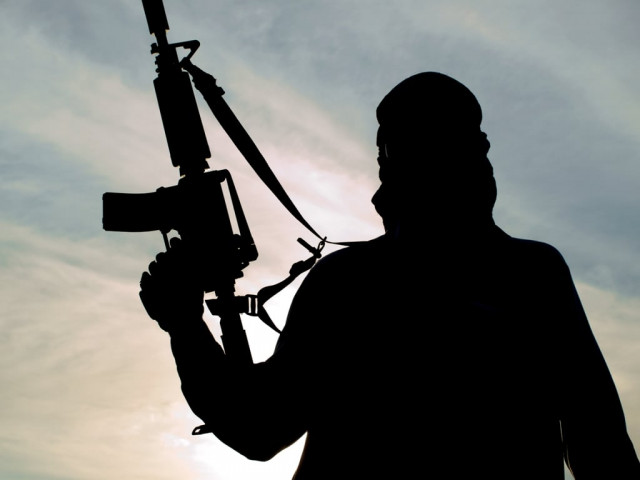
What next after Malala?
The answers are not all that difficult to find. In the first place, during the military action against the Taliban, they were nearly driven into the neighbouring districts of Afghanistan but have since been able to make a comeback reaching right into Dir. Others who went into hiding were never arrested. Some have now resurfaced and people in Swat, as well as in other conflict-hit areas where the military has acted, remain unconvinced that the militants have been vanquished for good. Maulana Fazalullah, the man behind many of the atrocities in Swat, is still a free man.
So how are we to overcome this menace? The first ingredient required is complete commitment, which has so far been absent. Commitment would mean not only going after key Taliban leaders and bringing them before courts so that they can be put to justice, but also taking measures to change the environment in which they flourish. This means acting against individuals who threaten or harass people and also working to introduce the development that various areas of the country need so that the writ of state can be strengthened. Until this happens, it is really useless talking about an end to the Taliban hold. Killing them without trial, as has happened in places like Swat, simply perpetuates the idea that violence is acceptable and that it works. A more rational approach is required to end this menace once and for all, given that Taliban atrocities take place daily. There is also a need to dispense with the discussion about the so-called ‘good’ Taliban and the bad Taliban. This debate has served no purpose and has only emboldened the Taliban into perpetuating their barbarity in various parts of the country.
Published in The Express Tribune, October 11th, 2012.


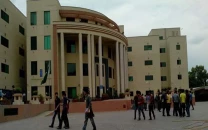
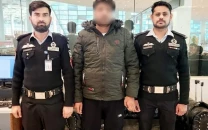

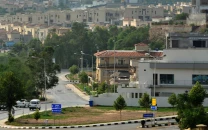
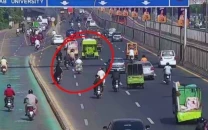







COMMENTS
Comments are moderated and generally will be posted if they are on-topic and not abusive.
For more information, please see our Comments FAQ